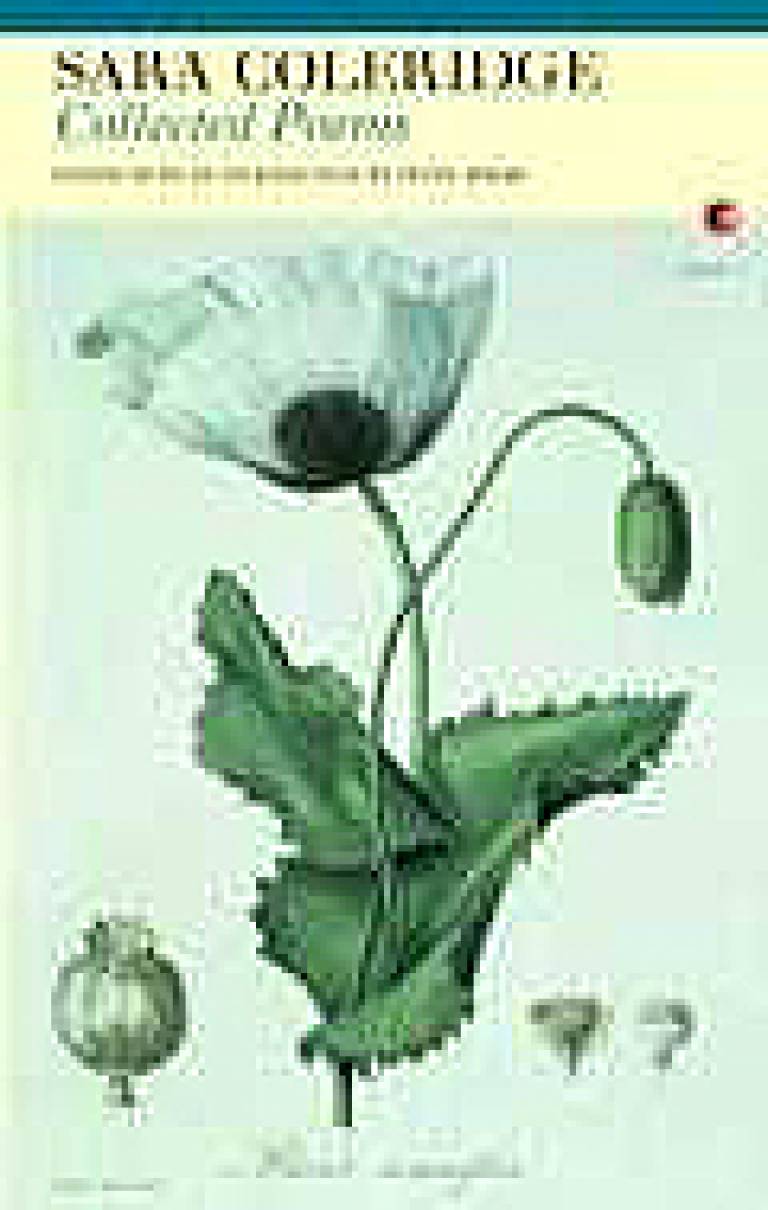First publication of Sara Coleridge poetry
19 January 2007
One hundred and fifty-five years after her death, Dr Peter Swaab (UCL English) has edited the first collection of poetry by Sara Coleridge, revealing that the daughter of one of the great Romantic writers was a gifted and versatile poet in her own right.

'Sara Coleridge: Collected Poems' contains 185 poems written between the age of thirteen and Coleridge's death in 1852. They cover a broad range of subjects - including childhood, nature, other poets, religion, translations - and are diversely humorous, romantic and melancholy in tone. Two-thirds of the poems have remained unpublished until now.
"Sara Coleridge's prodigious output gives the lie to the long-held belief that she had sacrificed her own creativity to that of her father, Samuel Taylor Coleridge," said Dr Swaab. "Although she spent around ten years editing his work, a hugely influential scholarly enterprise still much respected today, she herself is a notable link between the Romantic and Victorian periods, and not just thanks to her name."
Sara Coleridge's work unsurprisingly shows the strong influence of Wordsworth, given that she grew up in the house of the poet Robert Southey, who was her uncle, and in the midst of the well-connected Lake District poetic community.
The collection divides Coleridge's work into three key periods of writing: from the age of thirteen to her marriage (1815-1829); her marriage and the raising of her children (1829-1843); and her widowhood to her death (1843-1852).
Coleridge's seven-year engagement to her cousin Henry Nelson Coleridge gave rise to the love poetry of her first period, which helped maintain their long-distance relationship while Henry worked to achieve the professional status his family deemed necessary to approve the match.
It is her 'middle' period, however, for which Sara Coleridge has been known until now. During this time she wrote hundreds of little verses for her children. Many were tales about the natural world, while some were aids to learning, covering grammar, Latin vocabulary and geography, amongst other subjects. They were very successful when published anonymously at her husband's behest.
Coleridge's subtlety and depth comes to the fore during this period. Several poems have a dual audience of children and adults. In 'Poppies', for example, she describes her son's innocent delight in the colour of the flowers, before going on to reveal more darkly the solace she finds in their narcotic juices.
After the death of her husband, Coleridge's last creative period was stimulated by her intimate friendship with Aubrey de Vere, an Irish poet twelve years her junior.
A conflict between assertiveness and modesty ran throughout Coleridge's life. She could be disparaging about her female contemporaries, whose poetry she thought often mawkish and slow-witted. She also copied out 87 of her poems for posterity, but was unassuming as to their value, and her brother Derwent did not pursue publication after her death.
Sara Coleridge's poetry has finally come to light as a result of a chance discovery by Dr Swaab. In the course of research for a book on Wordsworth, he came across 'Doggrel Charm', a poem that Coleridge had written in the months before her death, addressed to the tumour that would kill her. It so impressed him that he went on to track down the rest of her work.
"When I found these poems, I thought that many were exceptionally good," said Dr Swaab. "Sara Coleridge is a really considerable poet: passionate, versatile and brainy. After 150 years of waiting, I hope this book brings her the recognition she deserves."
Image: Cover design of 'Sara Coleridge: Collected Poems'
 Close
Close

